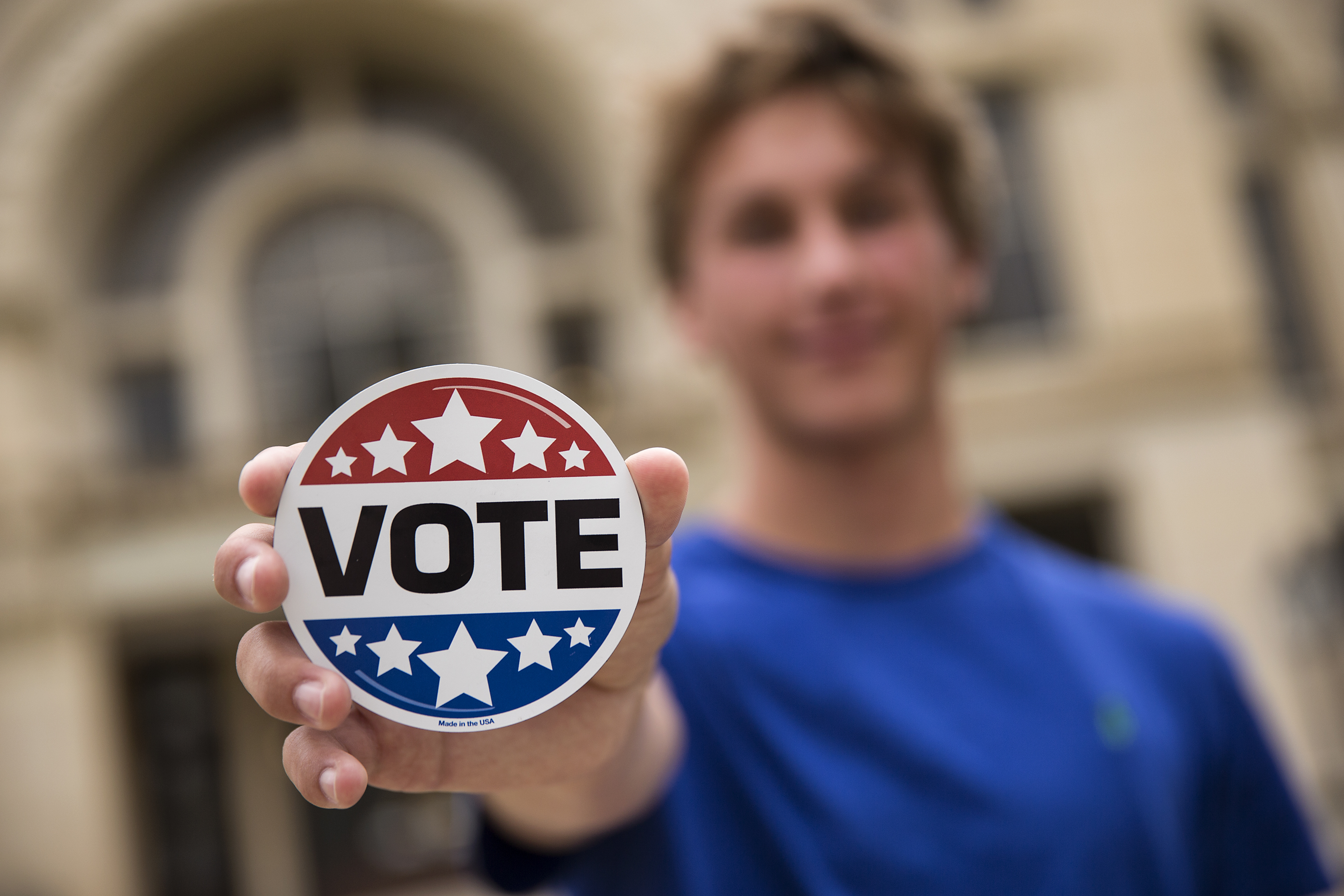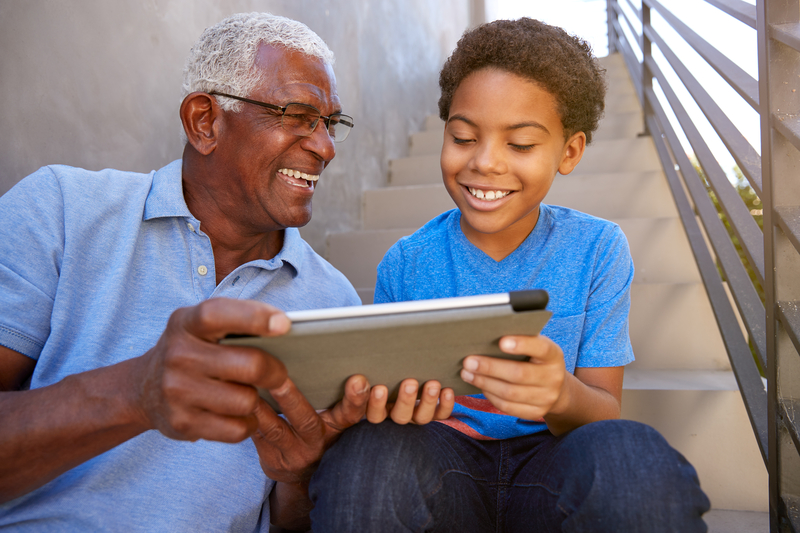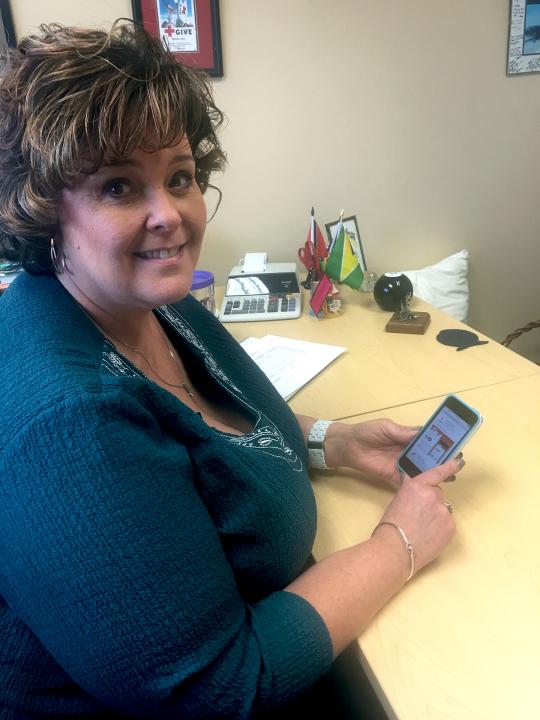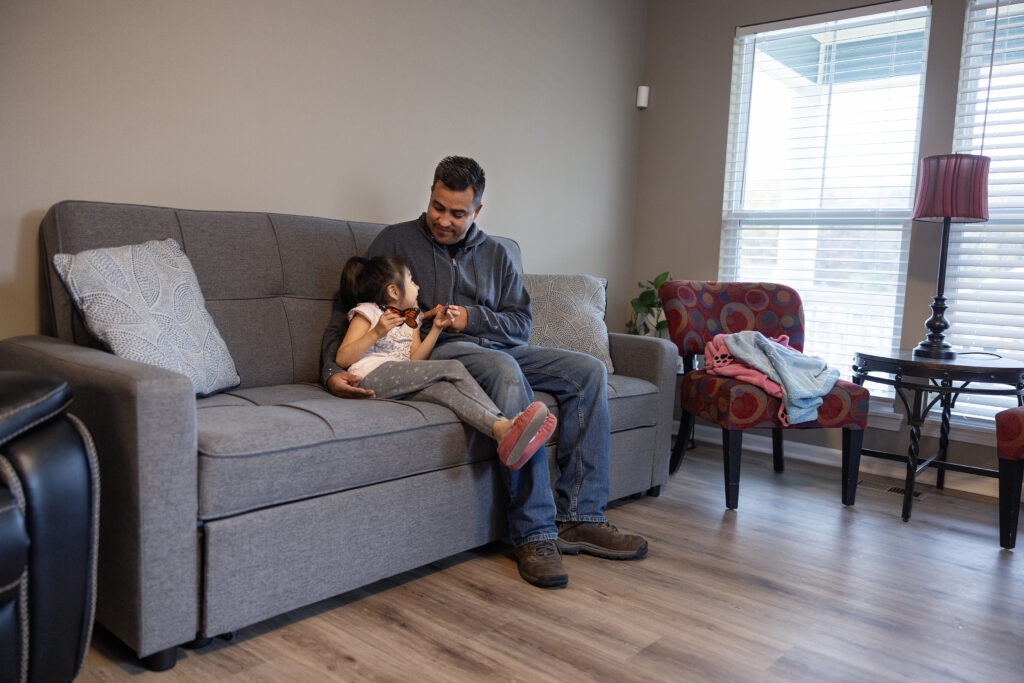Michelle Jantz pulled up her cellphone and clicked on an app that helps people across Kansas — and the country — prepare for emergencies such as tornadoes, flooding and fires.
Jantz, executive director of the Midway-Kansas chapter of the American Red Cross, uses the app to keep tabs on alerts in the Wichita area as well as in North Carolina and Washington, D.C., where she has family and friends.
“This is about helping prevent or mitigate the effects of a disaster,†Jantz said of the app, which she has downloaded on both her cellphones.
During fiscal year 2015, more than 7,200 people downloaded the Red Cross app, which provides alerts as well as information about what to do before, during and after a disaster or other emergency. Those using the app have access to 35 customizable emergency alerts.
The app was supported by a $50,000 grant from the Kansas Health Foundation, which the Red Cross used for hosting, enhancing and promoting the app. to the Red Cross to help host, enhance and promote the app, which offers 35 customizable emergency alerts.
According to the Red Cross, one in five Americans has used an app to receive vital information during emergencies. Mobile apps and social media are the fourth most common way people get information during emergencies.
In addition to the customizable alerts, the app also includes a number of other health and safety features:
- The ability to toggle specific alerts on and off, set up custom locations to monitor and report emergencies to keep others safe.
- A “Family Safe†feature, which allows users to find out if a specific family member is safe, regardless of whether he or she has downloaded the app. A family member receiving a “Family Safe†message will receive details about an alert and instructions about what to do to stay safe. The app gives them the ability to return an “I’m safe†or “I’m not safe†response.
- Information about what to do in case of a tornado, hurricane, earthquake, flood, thunderstorm, wildfire, winter storm and other emergencies.
- The ability to bring up a map of Red Cross shelters open because of various emergencies. The maps help people quickly know where to go when chaos strikes.
These types of safety features are especially relevant for those in Kansas, given the state’s prevalence of severe thunderstorms and tornadoes.
In 2015, 126 tornadoes touched down across the state. That’s 65 more than the 1950 to 2015 average of 61, 43 more than the past 30-year average of 83, and 26 more than the past 10-year average of 100, according to the National Weather Service in Wichita.
This made having a robust way to harness technology to help people in times of trouble all the more important to the Red Cross.
Alerting people about emergencies and giving them information about what to do helps “reduce the chance of injury or death,†Jantz said. “We wanted to make sure we had the latest and greatest.â€
Funding from KHF made a significant difference in the level of technology that could be used to enhance the app, as well as raising awareness that such a download was available.
The Red Cross used $20,000 of the grant for app hosting and $15,000 each to make improvements to the app and to promote it. The app was advertised heavily on Facebook and through other digital and social channels.
“I know I saw it everywhere,†Jantz said.
Through this awareness, others in the business of keeping people safe are taking notice.
Daniel Pugh, emergency manager for Sedgwick County, said apps such as the Red Cross’ are a good way to ensure people stay informed about emergencies.
“Emergency management recognizes that many people use smartphones and tablets on a daily basis,†he said. “With all that information at your fingertips, it just makes sense to use technology to help in disasters as well. Apps can help people prepare before a disaster and can be a part of a layered approach to staying informed during a disaster.â€
The county encourages people to take four important steps to increase their chances of surviving an emergency: make a plan, build a kit, stay informed and get involved.
“Apps for your mobile device can be an invaluable tool to tell you about disasters, no matter your location,†Pugh said.
James Caruso, a meteorologist for the National Weather Service in Wichita, said smartphone apps and social media do help keep people safe.
“If there’s something serious going on, we’re going to be tweeting about it,†he said.
Whether through social media or by using an app such as that of the Red Cross, people now have even more ways to stay safe.
To download the app, visit redcross.org/apps, text “APPS†to 90999 or search “American Red Cross†in your mobile app store.

















